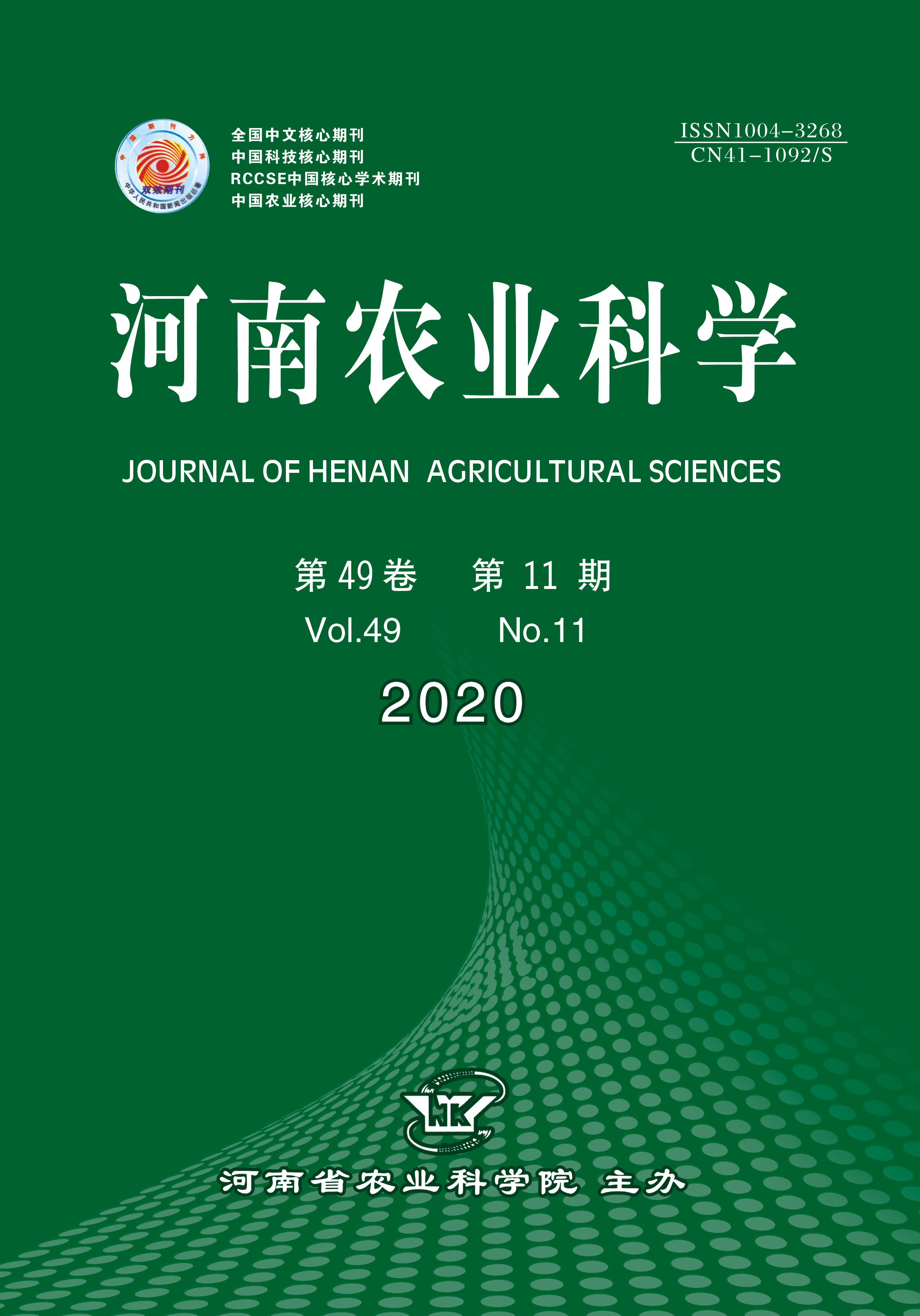-
Effect of Boron on Growth and Resistance Related Indicators of Red Globe Grape Seedlings
- YANG Yang, TAN Yuchao, CHANG Ruizhe, REN Fengshan, JIANG Xilong, WU Xinying
-
2020, 49(11):
120-127.
DOI: 10.15933/j.cnki.1004-3268.2020.11.015
-
 Asbtract
(
)
Asbtract
(
)
 PDF (1239KB)
(
)
PDF (1239KB)
(
)
-
Related Articles |
Metrics
In order to study the effect of boron on the growth and resistance related indicators of grapes,we chosed one-year-old Red Globe grape seedlings as test materials,and treated them by nutrient solution containing 0,0. 2,3. 1,6. 2 mg/L boron respectively.After 121 days of treatment,we analyzed the physiological and biochemical indicators of grape seedlings under different boron concentrations.Those indicators included plant growth,contents of boron,soluble sugar,starch,protein,proline and malondialdehyde,activities of SOD,PAX,POD and CAT and so on.The results showed that there were significant differences in the growth of grape seedlings treated with different concentrations of boron.When the concentration of boron was 3. 1 mg/ L,the new shoot growth and biomass accumulation were maximum.The boron content of grape leaves and roots increased with the increase of exogenous boron concentration.For the treatment of different boron,the boron contents in leaves and roots were 448.0 mg/kg and 75.3 mg/kg,respectively. The results showed that the shoot growth,root soluble sugar content,leaf soluble protein content,leaf proline content,leaf SOD activity and leaf CAT activity were the lowest,root starch content,leaf MDA content and POD activity were the highest,with the increase of exogenous boron concentration,root soluble sugar content,leaf soluble protein content,proline content,and leaf CAT activity increased,starch content in roots and POD activity in leaves decreased,SOD and APX activities increased first and then decreased,and malondialdehyde content decreased first and then increased. High boron(6.2 mg/L) treatment had higher root soluble sugar content,leaf soluble protein content,leaf proline content and CAT activity.There were significant positive correlations between the concentration of exogenous boron and the concentration of boron in grape leaves and roots(r=0.950 1,r=0.989 4),significant negative correlation between exogenous boron concentration and starch content in root system(r=-0.978 2),positive correlation between exogenous boron concentration and soluble protein content in leaves(r=0.923 3),negative correlation between exogenous boron concentration and POD activity in leaves(r=-0. 849 6),while not significant.Appropriate amount of exogenous boron promoted the growth of grape seedlings,no boron(0 mg/L)and high boron(6.2 mg/L) treatments affected the growth and resistance related physiological and biochemical indexes of grape seedlings.
